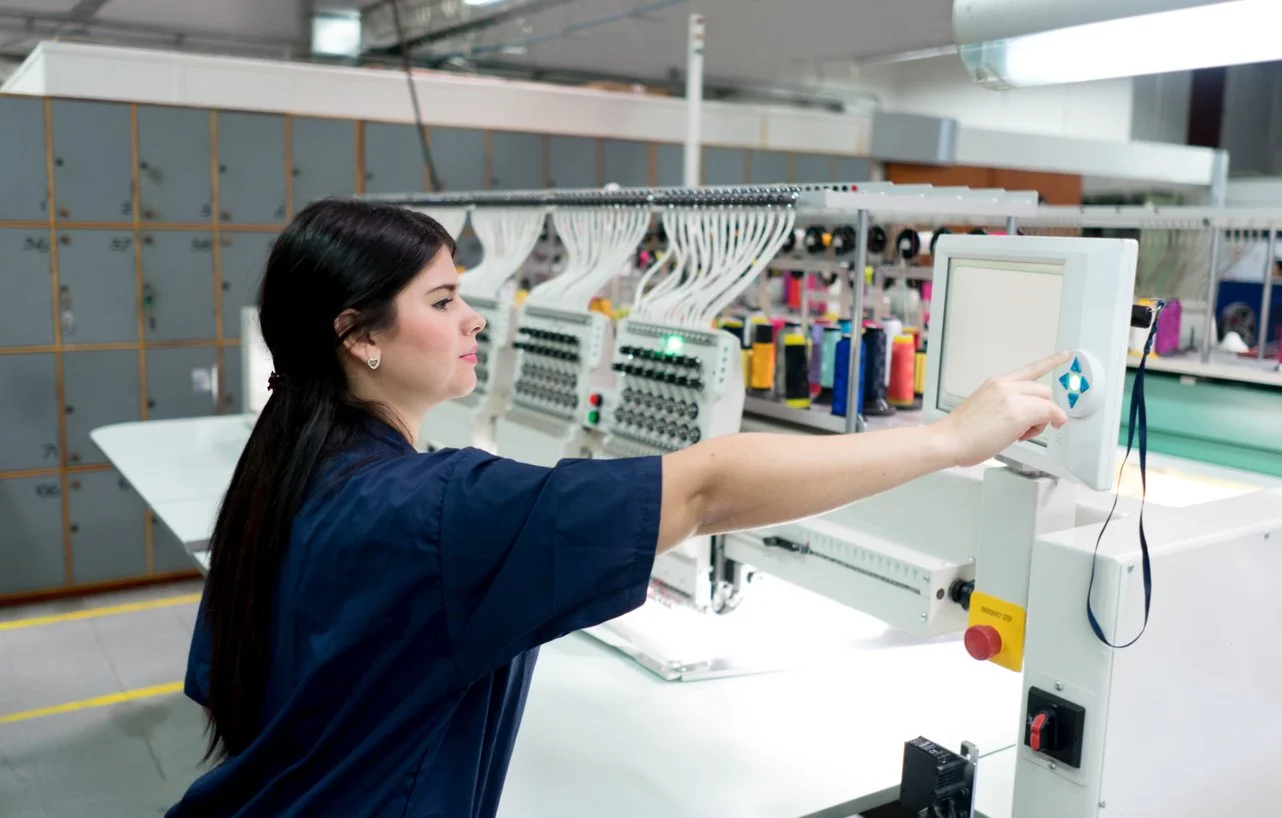Introduction
You’ve downloaded an embroidery design, but your Brother machine only reads PES files, and your file is stuck in DST, EXP, or JEF format. Now what? You need a PES file converter—but should you use a free tool or invest in paid software? Free options sound tempting, but will they butcher your design? Paid software promises perfection, but is it worth the cost for occasional use?
In this guide, we’ll break down:
- Top free PES converters (and their limitations)
- Best paid software for flawless conversions
- Key differences in quality and features
- When to use each option
By the end, you’ll know exactly which converter is right for your needs—so you can get back to stitching without frustration.
Free PES File Converters: Pros and Cons
Best Free Options
1. My Editor (Janome)
- Converts: JEF ↔ PES
- Best for: Quick conversions if you already have Janome files
- Limitations: Only works with Janome formats
2. Ink/Stitch (Inkscape Extension)
- Converts: Vector (SVG) → PES
- Best for: DIY digitizers comfortable with Inkscape
- Limitations: Requires manual digitizing skills
3. SewArt Free Trial
- Converts: Image files (JPG/PNG) → PES
- Best for: Simple designs
- Limitations: Watermarks, limited saves
Pros of Free Converters
✅ No cost
✅ Good for one-time conversions
✅ Some allow basic editing
Cons of Free Converters
❌ Often auto-digitized (poor stitch quality)
❌ Limited format support
❌ May add watermarks or distortions
Paid PES File Converters: Are They Worth It?
Best Paid Options
1. Wilcom TrueSizer ($99+)
- Converts: 50+ formats ↔ PES
- Best for: Professionals needing precision
- Key features: Resizing, stitch editing
2. Hatch Embroidery ($49/month)
- Converts: All major formats ↔ PES
- Best for: Small businesses
- Key features: Auto + manual digitizing
3. Embrilliance Essentials ($199)
- Converts: Most formats ↔ PES
- Best for: Hobbyists upgrading from free tools
- Key features: User-friendly interface
Pros of Paid Converters
✅ Higher accuracy
✅ Preserves stitch integrity
✅ Advanced editing tools
Cons of Paid Converters
❌ Upfront cost
❌ Learning curve for some software
Key Differences: Free vs Paid
| Feature | Free Converters | Paid Software |
|---|---|---|
| Stitch Quality | Often jagged, auto-digitized | Clean, manual adjustments |
| Format Support | Limited (usually 1-2 formats) | 50+ embroidery formats |
| Editing Tools | Basic or none | Resizing, density control, underlay |
| Revisions | Rarely supported | Easy to tweak and re-export |
| Best For | One-time simple conversions | Frequent use, professional results |
When to Use Each Option
Choose a Free Converter If:
✔ You only convert files occasionally
✔ Your design is simple (no small text or gradients)
✔ You’re okay with minor quality trade-offs
Choose a Paid Converter If:
✔ You digitize regularly
✔ Your designs have fine details
✔ You need consistent, professional results
How to Convert Files Without Losing Quality
1. Start with the Right File Format
- Vector (SVG, AI) works best
- Avoid low-resolution JPG/PNG
2. Check Stitch Density
- Too dense → stiff fabric
- Too loose → gaps in design
3. Always Test-Stitch First
- Run a sample on scrap fabric
- Look for thread breaks or misalignment
Top 3 Mistakes to Avoid
- Using Auto-Digitize for Complex Designs
- Results in choppy gradients and blurry text
- Ignoring Fabric Type
- Same file behaves differently on denim vs. fleece
- Skipping the Preview
- Check stitch flow before exporting
Conclusion: Which PES Converter Wins?
The “best” converter depends on your needs:
- Free tools work for occasional, simple conversions
- Paid software pays off for frequent use and pro results
Final Tip: If you convert files often, invest in Hatch or Wilcom—they’ll save you time and frustration in the long run.

